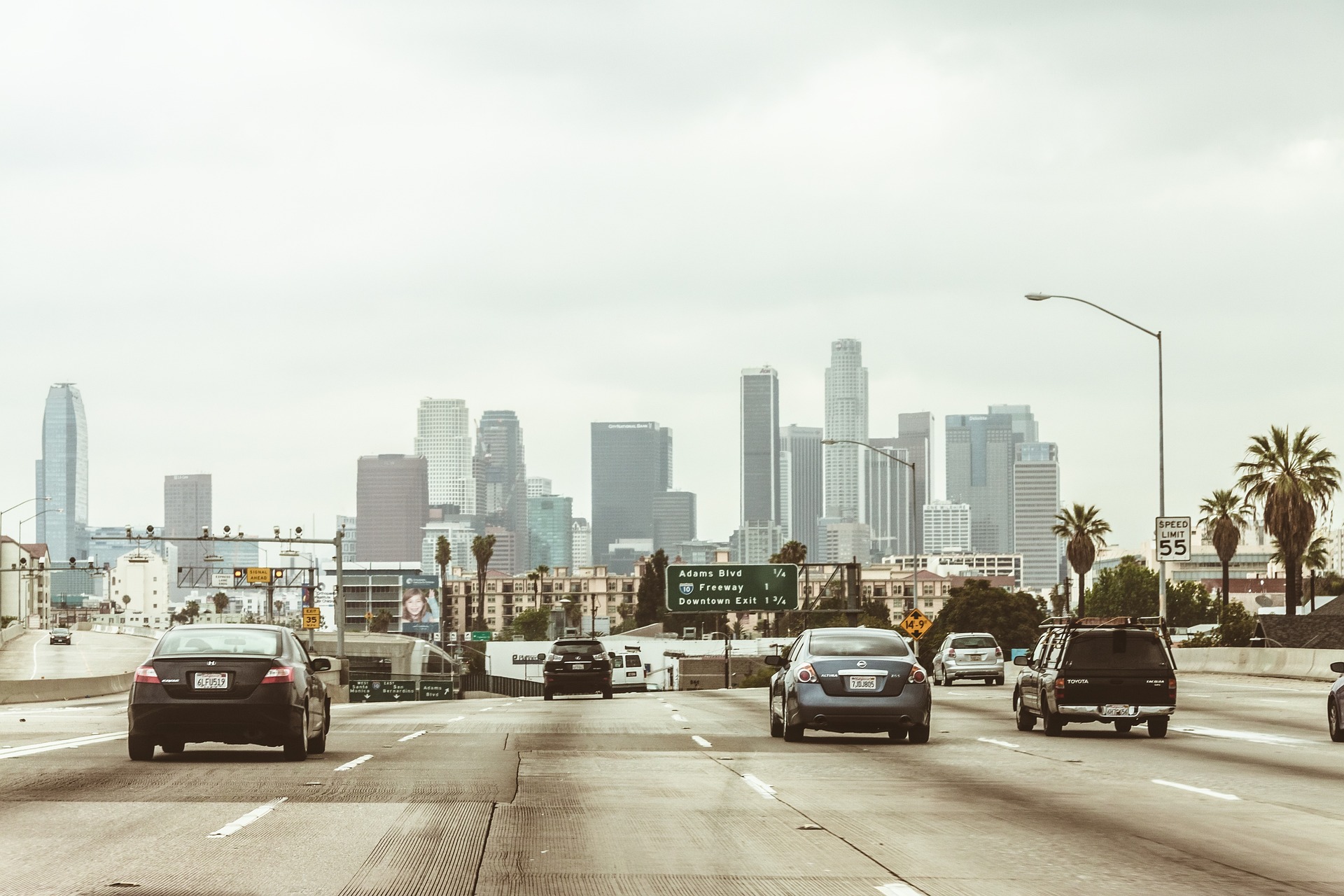Supercars and Sustainability: An Unlikely Alliance
Picture this: a roaring engine, the smell of high-octane fuel, the unmistakable shape of a supercar silhouette on the horizon. Now, imagine all this combined with an environmentally responsible approach. It may seem like an unlikely alliance, but supercar manufacturers are increasingly focusing on sustainability while preserving the raw power and performance associated with these machines. Let's delve into this fascinating intersection of speed and sustainability.
Fast and Eco-Friendly: A New Automotive Paradigm
Historically, supercars have been synonymous with excess—excessive speed, excessive power, and, unfortunately, excessive emissions. However, the onset of the 21st century has seen a shift as manufacturers grapple with tightening emissions regulations and a growing consumer interest in environmentally friendly vehicles. Supercar brands like Ferrari, McLaren, and Lamborghini are now developing technologies to reduce their carbon footprint without sacrificing speed or power.
The Green Machine: Supercars Meet Biofuel
One of the most significant developments in this area is the use of biofuel in supercars. Biofuel, a renewable energy source derived from organic plant and waste materials, offers a green alternative to traditional petroleum-based fuels. For instance, Ferrari has committed to making its entire fleet compatible with 20% biofuel by 2022. This move not only reduces carbon emissions but also aligns with the global push towards sustainable fuel sources.
Powering Performance: Hydrogen Fuel Cells
Another groundbreaking technology in the realm of sustainable supercars is the hydrogen fuel cell. Unlike conventional internal combustion engines, which burn fuel, hydrogen fuel cells generate electricity through a chemical reaction between hydrogen and oxygen. This technology offers the dual benefit of zero-emission driving and an impressive power output, making it an attractive option for high-performance vehicles. Renowned automaker Aston Martin has been pioneering in this field, unveiling its hydrogen-powered Rapide S in 2013.
Challenges and Future Directions
While the move towards sustainable supercars is promising, it is not without its challenges. Biofuels require vast amounts of land for cultivation, raising concerns about food security and deforestation. Hydrogen fuel cells, on the other hand, are expensive and require an entirely new refueling infrastructure.
However, with continued research and development, these challenges can be overcome. Emerging technologies, such as synthetic fuels and advanced energy recovery systems, offer exciting possibilities for the future of sustainable supercars.
Embracing the Future: Supercars and Sustainability
Supercars and sustainability may seem like strange bedfellows, but the industry’s shift towards eco-friendly alternatives is undeniable. As technology evolves, the supercar of the future will likely be fast, powerful, and—surprisingly—green. As lovers of these magnificent machines, we can look forward to the thrill of speed and power, with the added satisfaction of knowing that our passion is not at odds with the health of our planet.





